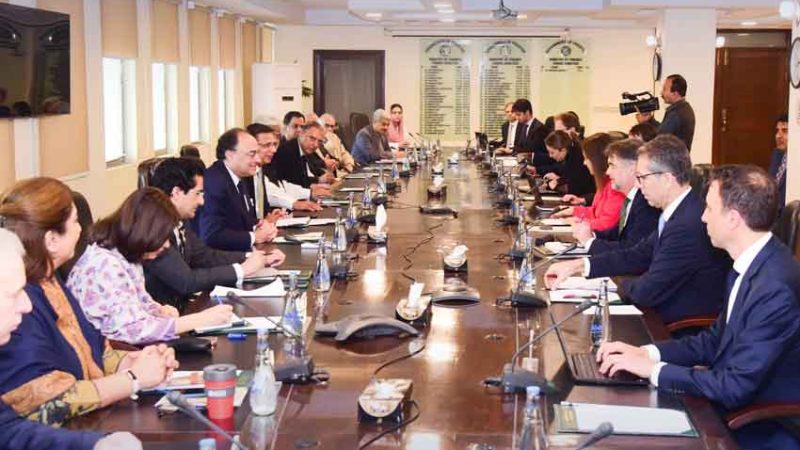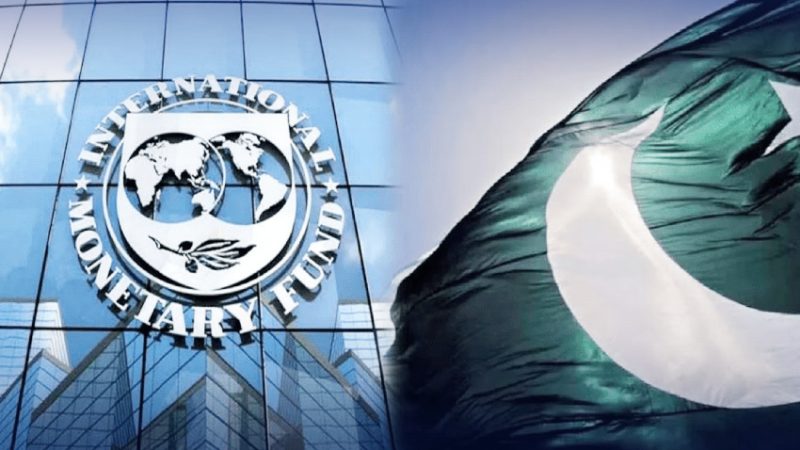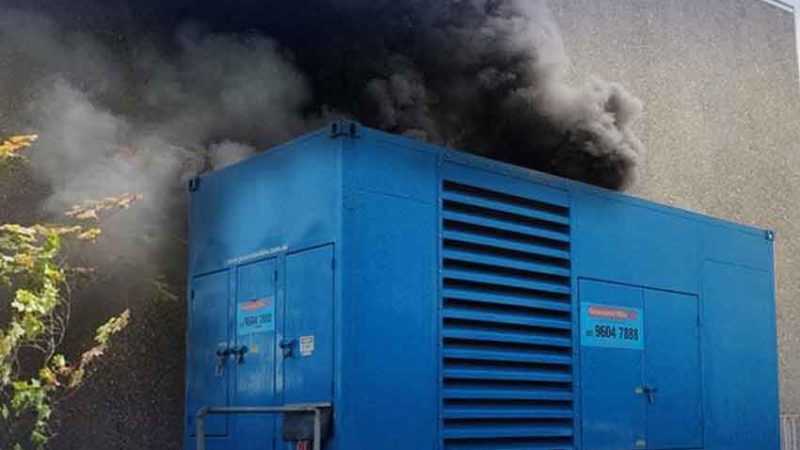Here’s why chicken, egg prices have gone up in Pakistan
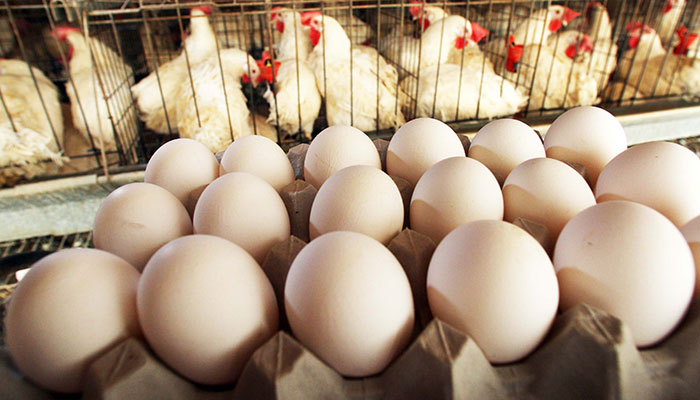
Chicken and egg cost more now because of the anti-competitive prices of the poultry feed mills, the Competition Commission of Pakistan (CCP) enquiry report revealed Monday.
The enquiry into the poultry industry revealed that 19 poultry feed companies have been involved in price coordination and their anti-competitive conduct has caused a rise in the price of poultry feed.
Poultry feed comprises approximately 75% to 80 % of the cost of broiler meat and eggs. Therefore, the hike in feed prices has affected the prices of chicken and eggs—the most commonly consumed high protein foods in the country.
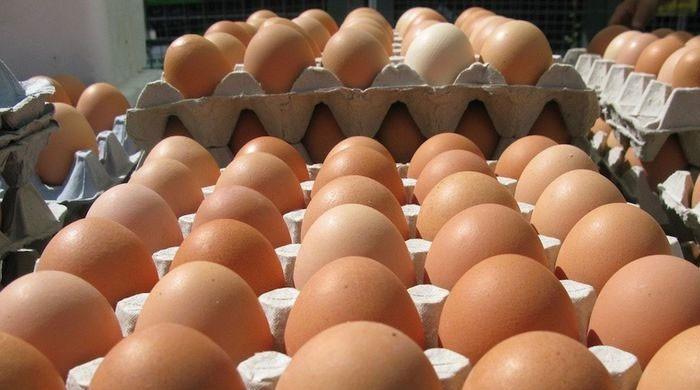
The CCP’s enquiry revealed that from December 2018 to December 2020, the feed mills work together to raise the poultry feed prices by Rs825 per 50 kilogrammes, making the feed 32% costlier for the poultry farmers.
The data from the Pakistan Bureau of Statistics for September 2020 shows that chicken prices rose by 18.31% and eggs by 5.2%. The rise in these prices coincided with an increase in feed prices by almost Rs100 per bag.
In October 2020, after another price increase by poultry feed mills (by Rs125 on layer and 175 on broiler feed), the chicken prices rose by 26.62% and eggs by 23.81% as compared to the previous month.
In November 2020, poultry feed prices rose by Rs. 150 per bag, and subsequently, the prices of chicken and eggs rose by 20.76% and 5.23%. In December 2020, a Rs250 increase in poultry feed led to the prices of chicken and eggs to rise by 3.21% and 14.08%, respectively.
The CCP took a suo motu notice of the concerns and complaints against the inflated prices registered through the PM Citizens Portal and the CCP’s own online complaint management system. Citizens alleged that leading mills have colluded to raise feed prices.
In February 2021, the CCP raided farms of two major poultry feed producers and seized “crucial” evidence showing price change coordination.
The record revealed that officials of 19 feed mills were using an active WhatsApp group where one feed producer would announce the price increase and the rest expressing their willingness to follow suit. They would also discuss new prices and the date they will be implemented from, and evidence suggests that all these decisions were enforced.
The enquiry also found that mills carried out price changes between December 2018 and December 2020 in a coordinated manner in short intervals at least 11 times. In addition, the data revealed that not only were price revisions made on the exact dates, but the amounts of price change were also similar.
An analysis of poultry input costs shows that maize, which is the primary component of feed, constitutes 55% to 60% in terms of physical usage in feed and contributes approximately 40% to the cost.
Maize witnessed a bumper crop in 2020 and was abundantly available. Moreover, in the fiscal year 2019-20, maize prices fell by 7% as compared to the previous year, and in the first quarter of FY21, were 22 % lower than 2019-20.
On the other hand, soybean meal, another critical raw material, saw inflated prices. However, a rise in input prices it has been witnessed cannot be used as a justification to increase feed prices uniformly as each mill has a different cost structure and business model.
Poultry feed mills are each other’s competitors, and any discussion and coordination on prices is prohibited under Section 4 of the Competition Act, 2010.
Following the findings of the enquiry report, CCP says it will be issuing show-cause notices to poultry feed companies involved in the violation of rules.



